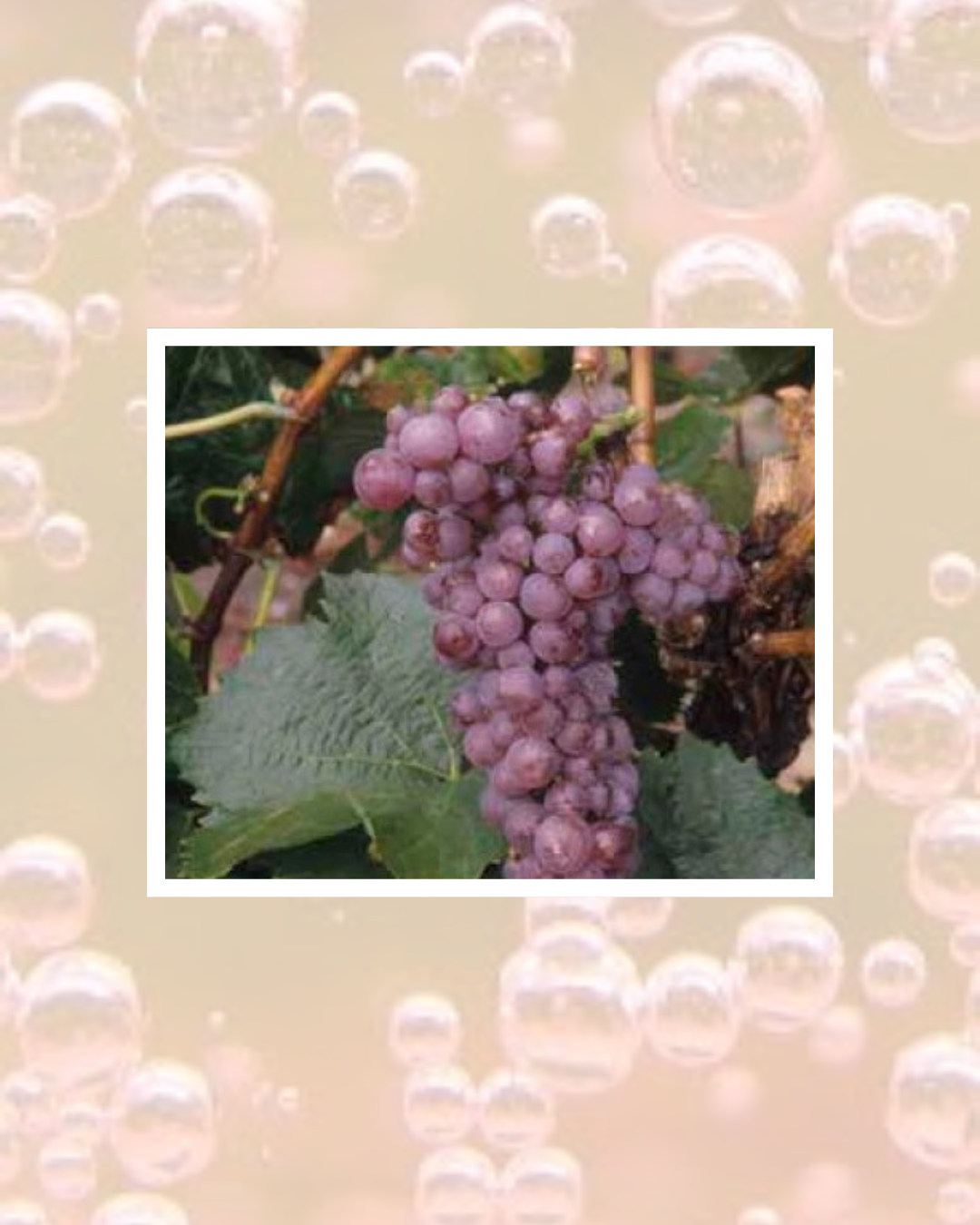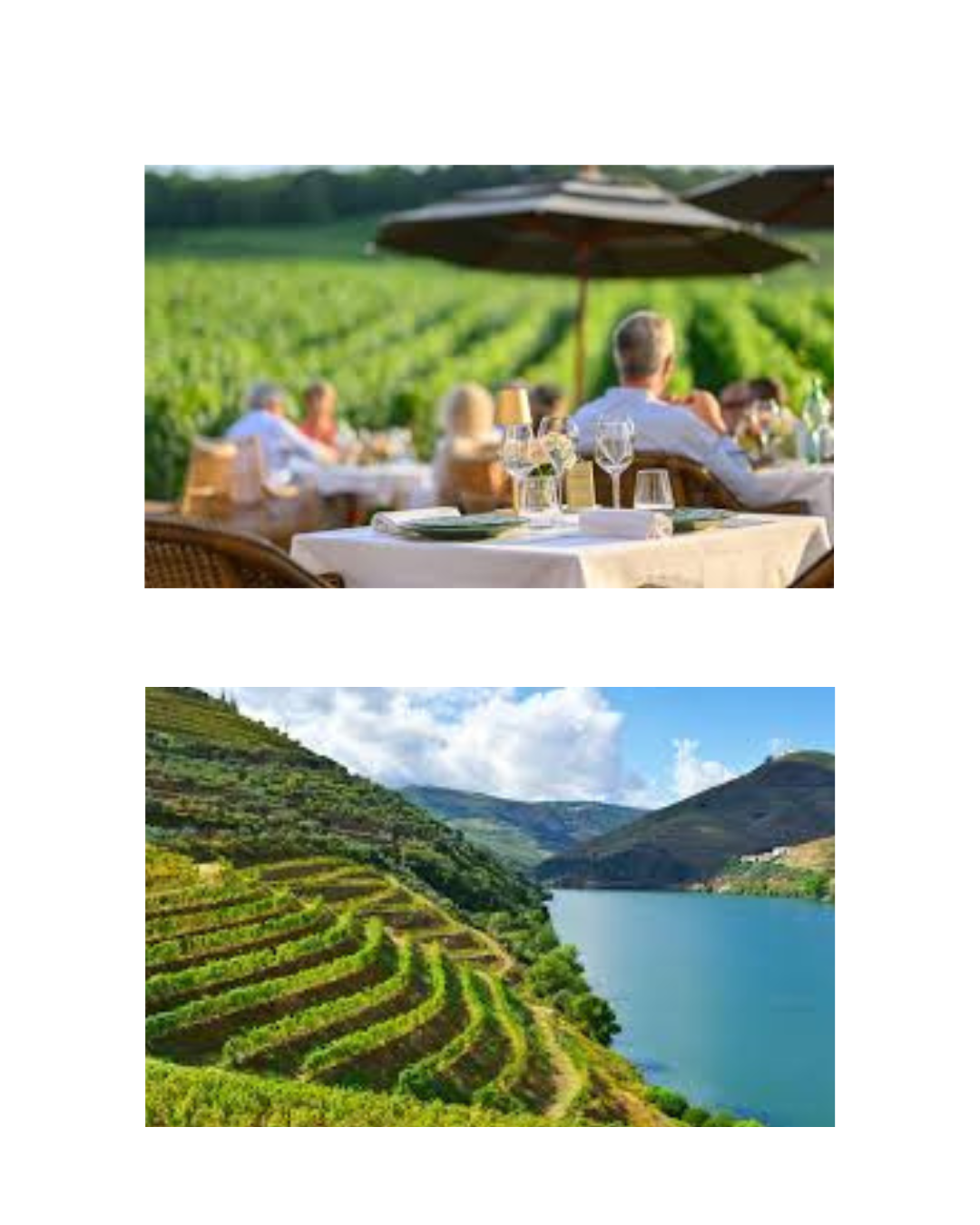Pink Chardonnay, officially recognized in the Champagne appellation since July 31, 2025, marks a historic return of a nearly forgotten grape variety to its rightful place in the region’s viticultural legacy. A natural mutation of white Chardonnay, this rediscovered gem becomes the eighth authorized grape variety in Champagne, joining the traditional seven and reflecting both heritage preservation and forward-thinking adaptation to climate change.
A Return to Heritage
First identified in the early 1900s in both Champagne and Burgundy, Pink Chardonnay [also known as Chardonnay rose] had long lingered in obscurity. Sustained only by the dedication of a few visionary growers, it was largely confined to experimental collections or isolated vineyard rows. Its inclusion in the French National Catalogue in 2018 conferred official recognition, enabling its propagation and preservation as part of France’s viticultural biodiversity.
Official Recognition and Symbolic Significance
The decision to include Pink Chardonnay in the Champagne appellation’s official specifications symbolizes a renewed commitment to genetic diversity and historical authenticity. Pink Chardonnay is a spontaneous natural mutation, proof that innovation in viticulture can arise organically from nature itself. This recognition not only restores a piece of Champagne’s past but also reflects the region’s intelligence in adapting to new environmental realities.
Viticultural and Oenological Qualities
In both the vineyard and the cellar, Pink Chardonnay closely mirrors its white counterpart. Its agronomic behaviour and oenological performance demonstrate similar freshness, balance, and finesse, qualities that have long defined the elegance of Champagne wines. Yet, beyond its technical attributes, the grape’s deeper value lies in its narrative: a story of rediscovery, resilience, and the enduring dialogue between tradition and innovation.
Diversity Within Continuity
While Pinot Noir, Meunier, and white Chardonnay continue to dominate Champagne’s 34,000 hectares of vines, minority varieties, including Arbane, Petit Meslier, Pinot Blanc, Pinot Gris, and now Pink Chardonnay, account for only 0.5% of total plantings. Their preservation reinforces Champagne’s identity as a living, evolving ecosystem, one that values both its cultural roots and its scientific capacity for renewal.
Learn more at www.champagne.fr





